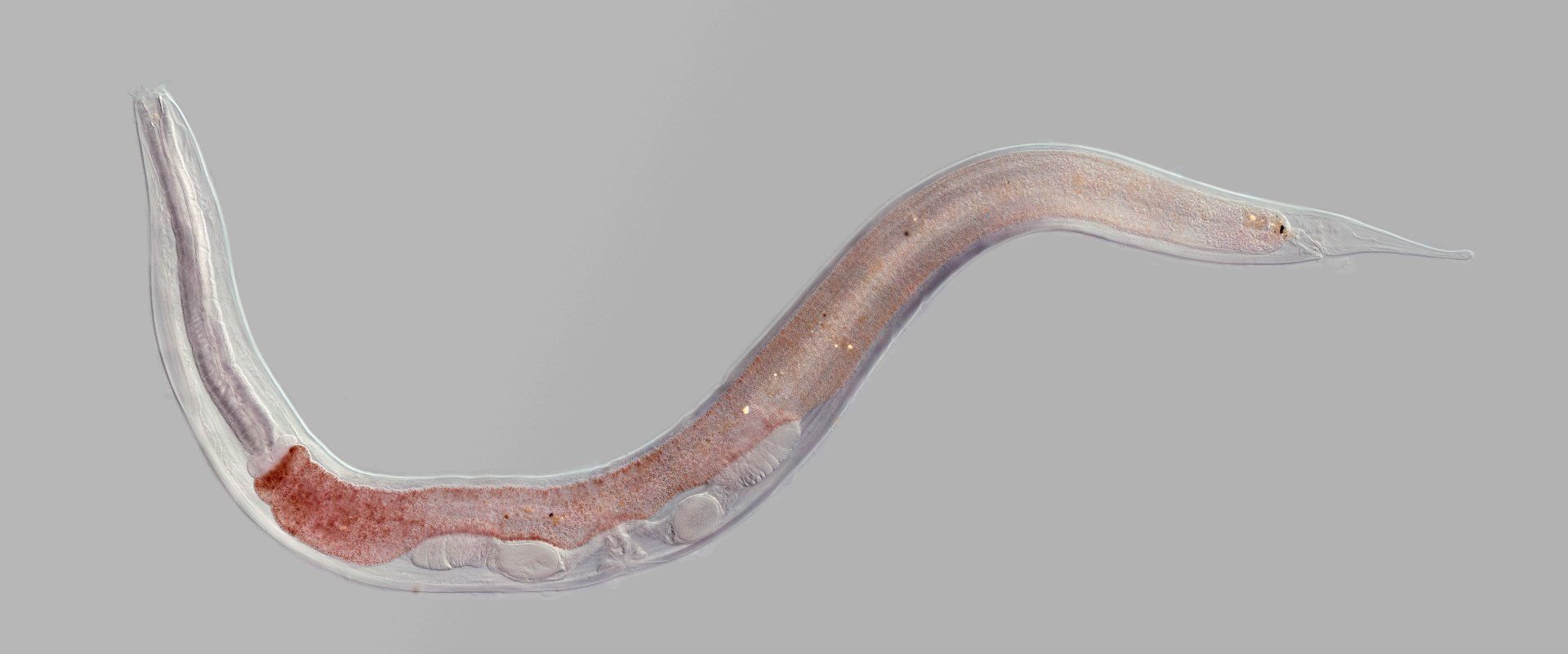Gooseberry Sawflies Nematus ribesii
Common Gooseberry Sawfly
What Are Gooseberry Sawflies?
The gooseberry sawfly (Nematus ribesii) or Imported Currant Sawfly is the last insect herbivore pest you would want to find laying eggs on your lovely gooseberry bushes. The gooseberry sawfly is widespread across the United Kingdom and other temperate areas, where it is unsurprisingly common around its favourite food plants. Gardens, smallholdings and allotments will all be places you might discover this insect pest.
Sawflies are Hymenopteran, meaning they are related to wasps , ants and bees. Fortunately, sawflies don’t sting and sometimes get referred to as stingless wasps. The gooseberry sawfly belongs to the family Tenthredinidae , containing over 7500 species.
Adult sawflies are about 20mm long and green with black markings. Adults are on the wing from May to September, but each year is slightly different depending on the prevailing climate. Climate change raises the possibility of improved overwintering survival and more prolonged seasonal activity. Therefore, controlling this insect pest is imperative to ensure your gooseberry and current bushes remain protected in subsequent years.
Female sawflies lay their eggs on the underside of leaves, where they quickly hatch and begin devouring the abundant foliage. The gooseberry sawfly larvae or caterpillars have a voracious appetite for gooseberry, red currant and white currant leaves.
Complete defoliation often occurs with a resultant loss of your cherished fruits. The green larvae are easy to identify because of their distinctive black heads. Over the coming days, the larvae mature and spin silken cocoons before pupating and metamorphosising inside.
If conditions are conducive, the sawfly might have two to three broods or generations in a year. For this very reason, you must be diligent and check bushes regularly throughout the spring and summer.
Other sawflies associated with gooseberry and currant bushes include the black currant sawfly ( Nematus olfaciens ) and the pale spotted gooseberry sawfly ( Nematus leucotrochus ).
How To Control Gooseberry Sawflies
Natural Pest Control
Organic control is always the best option, but you should know in advance that the larvae of this sawfly have glands containing volatile compounds to help prevent predation from other insects and birds. Picking off affected leaves and larvae is easy if you have the time or only a few bushes.
Proactive Gooseberry Sawfly Control Measures
Other proactive measures revolve around reducing conditions that larvae or adult sawflies might find conducive. Training or pruning to ensure the stems and leaves are more open, easy to access and observe will help you spot problems early. Mulching and turning over the soil beneath the plants enables foraging insects and birds the chance to feed on any exposed cocoons and pupae.
Gooseberry Coverings and Barriers
Gooseberry netting and fleeces might also be helpful but are rarely a match for daily visual checks and care.
Biological Pest Control
Another option is the use of nematodes ( Steinernema feltiae ). These microscopic roundworms or sawfly killers are sprayed directly onto larvae or the larvae foodplants.

Once ingested or inside the host larvae, bacteria are produced, killing the larvae, allowing the nematodes to feed o the liquifying contents and reproduce. One disadvantage is that they are sometimes considered expensive and have a short shelf life once opened.
Pesticides
If things get worse, it might be time to reach for the pesticides! Most people growing gooseberries and currents will have probably imagined an organic or biodynamic growing experience, so pesticides are often an unpalatable last resort.
Companion Plants for Gooseberries
Companion plants could be one more control method to consider. Companion plants encourage predatory insects to visit or provide other benefits to your gooseberries, like helping to fix nitrogen in the soil so your gooseberries can access it. Companion plants include onions, chives and beans.
Gooseberry Recipe
With all that we have revealed in this article, we hope you enjoy your currents and gooseberries. We want to recommend a gooseberry, and vanilla custard tart recipe for you that we think is quite delicious!